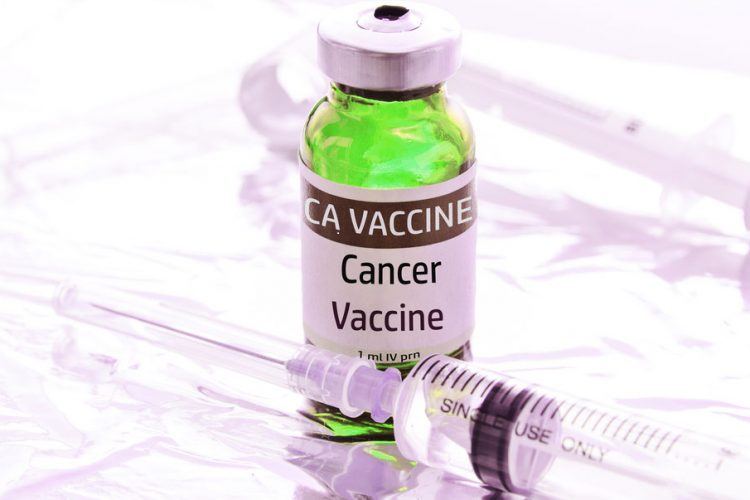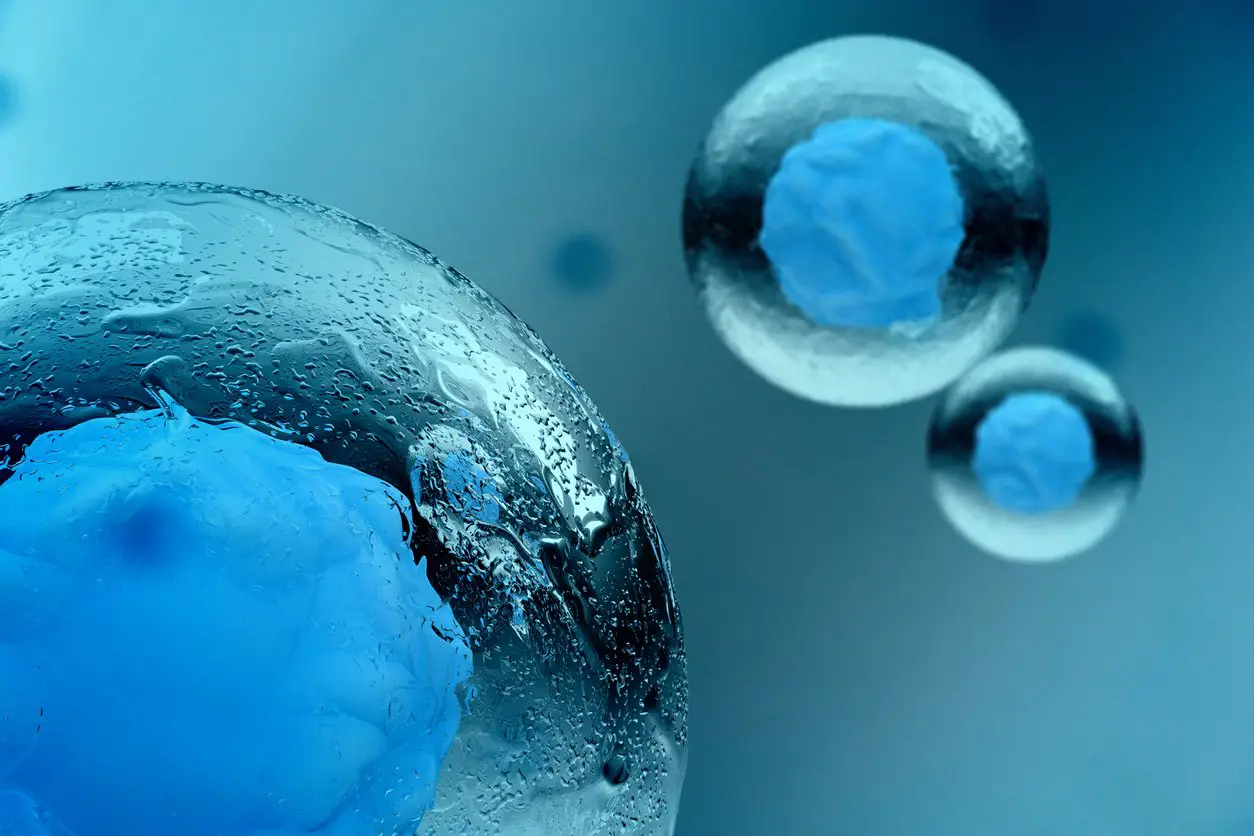Sucralose found in common sweetener damages DNA, may cause cancer
Sucralose found in common sweetener damages DNA, may cause Cancer.
Toxicological and pharmacokinetic properties of sucralose-6-acetate and its parent sucralose: in vitro screening assays
-
– New research shows a chemical found in Splenda, sucralose-6-acetate, is “genotoxic,” causing DNA damage.
-
– The findings show that sucralose-6-acetate is harmful to gut health, and may lead to oxidative stress, inflammation, and even cancer.
-
– When choosing sugar substitutes, stevia or monk fruit may be considered healthier options.
Many people turn to artificial sugar substitutes to reduce their calorie intake, but a growing body of evidence shows the potential health hazards associated with these substances. Now, a new study found that a chemical, sucralose-6-acetate, found in sucralose (sold under the trade name Splenda) causes DNA damage. Researchers from North Carolina State University and the University of North Carolina at Chapel Hill determined the chemical is “genotoxic,” which means it harms genetic information within cells. They also exposed human gut tissues to sucralose to examine the effects on gut health and the potential for carcinogenicity.
Toxicological and pharmacokinetic properties of sucralose-6-acetate and its parent sucralose: in vitro screening assays
Published online: 29 May 2023
ABSTRACT
The purpose of this study was to determine the toxicological and pharmacokinetic properties of sucralose-6-acetate, a structural analog of the artificial sweetener sucralose. Sucralose-6-acetate is an intermediate and impurity in the manufacture of sucralose, and recent commercial sucralose samples were found to contain up to 0.67% sucralose-6-acetate. Studies in a rodent model found that sucralose-6-acetate is also present in fecal samples with levels up to 10% relative to sucralose which suggest that sucralose is also acetylated in the intestines. A MultiFlow® assay, a high-throughput genotoxicity screening tool, and a micronucleus (MN) test that detects cytogenetic damage both indicated that sucralose-6-acetate is genotoxic. The mechanism of action was classified as clastogenic (produces DNA strand breaks) using the MultiFlow® assay. The amount of sucralose-6-acetate in a single daily sucralose-sweetened drink might far exceed the threshold of toxicological concern for genotoxicity (TTCgenotox) of 0.15 µg/person/day. The RepliGut® System was employed to expose human intestinal epithelium to sucralose-6-acetate and sucralose, and an RNA-seq analysis was performed to determine gene expression induced by these exposures. Sucralose-6-acetate significantly increased the expression of genes associated with inflammation, oxidative stress, and cancer with greatest expression for the metallothionein 1 G gene (MT1G). Measurements of transepithelial electrical resistance (TEER) and permeability in human transverse colon epithelium indicated that sucralose-6-acetate and sucralose both impaired intestinal barrier integrity. Sucralose-6-acetate also inhibited two members of the cytochrome P450 family (CYP1A2 and CYP2C19). Overall, the toxicological and pharmacokinetic findings for sucralose-6-acetate raise significant health concerns regarding the safety and regulatory status of sucralose itself.
Conclusions
The 8 projects performed in this study add to the large and growing scientific literature that report adverse biological impacts attributed to exposure to sucralose. In the current investigation sucralose-6-acetate, a sucralose impurity and metabolite, was found to be genotoxic with a clastogenic MoA associated with induction of breaks in DNA. Exposure of intestinal epithelium in vitro to mM concentrations of both sucralose-6-acetate and sucralose in the absence of intestinal bacteria impaired the integrity of intestinal barrier function. Sucralose-6-acetate induced expression of genes in intestinal epithelium associated with inflammation, oxidative stress, and cancer including MT1G and SHMT2. Sucralose-6-acetate also blocked two members of the cytochrome P450 family (CYP1A2 and CYP2C19) that metabolize both endogenous and xenobiotic compounds that might consequently lead to adverse toxicological exposures. These findings raise health and safety concerns regarding the continued presence of sucralose in the food supply and indicate that a regulatory status review needs to be undertaken.




